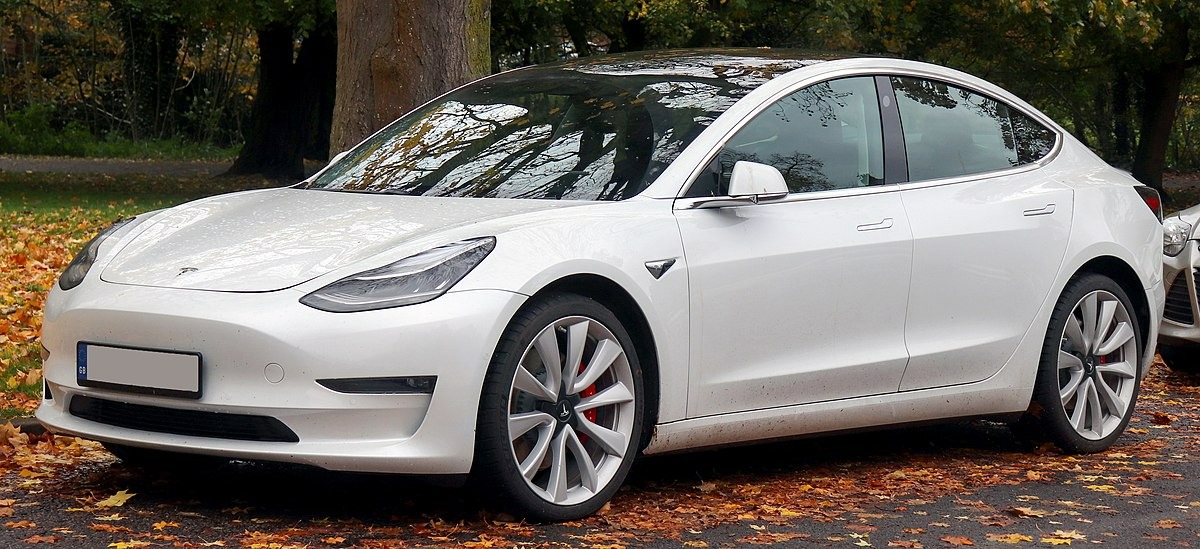Federal subsidies vanishing meant sticker shock was coming—until Tesla dropped its Model 3 Standard at $36,990 and Model Y Standard at $39,990. These budget variants slice roughly $5,000 off higher trims by ditching premium touches like power-adjustable steering wheels, ambient lighting, and that rear passenger touchscreen your kids probably ignored anyway.
The timing isn’t coincidental: with the $7,500 federal EV credit expiring September 30, every automaker from Ford to Hyundai is scrambling to justify their pricing. Tesla’s defensive move recognizes that buyers now face the full sticker price without federal subsidies softening the blow.
What You Keep vs. What You Lose
Core Tesla experience survives feature cuts, but some convenience disappears.
Both models retain the essential Tesla DNA: 321 miles of EPA-rated range, access to the Supercharger network, and that minimalist cabin aesthetic. You’ll still get the same zippy acceleration and over-the-air updates that make Tesla ownership distinctive.
The sacrifices feel strategic rather than devastating—AM/FM radio gets axed (when did you last tune into terrestrial radio?), speaker counts drop, and seating combines cloth with synthetic leather instead of going full premium. These cuts preserve Tesla’s profit margins while keeping the models attractive against cheaper rivals flooding the market.
Market Reality Check
Chinese EV pressure forces established automakers to compete on value, not just features.
Tesla’s move reflects brutal market math. Chinese competitors like BYD are flooding global markets with capable EVs at aggressive prices, making Tesla’s premium positioning increasingly difficult to justify. Your average buyer comparing EVs now prioritizes range and reliability over whether their steering wheel adjusts electrically.
These Standard models deliver Tesla’s core value proposition—proven battery technology, charging infrastructure, and brand reliability—without the luxury tax. When competitors at similar prices often offer less range, Tesla maintains its edge in the fundamentals that matter most for daily driving.
Strategic Pivot Implications
Budget trims replace Tesla’s abandoned ultra-cheap model plans as company focuses on autonomous future.
Remember Tesla’s promised $25,000 “Model 2”? Elon Musk called it “pointless,” pivoting resources toward autonomous platforms like the Cybercab instead. These Standard models become Tesla’s compromise: accessible pricing without developing entirely new platforms.
If you’re shopping EVs post-tax credit, the Standard variants offer Tesla’s proven formula at prices that compete with mainstream alternatives. The question becomes whether stripped features matter when you’re getting 321 miles of range and access to the most reliable fast-charging network in America.





























